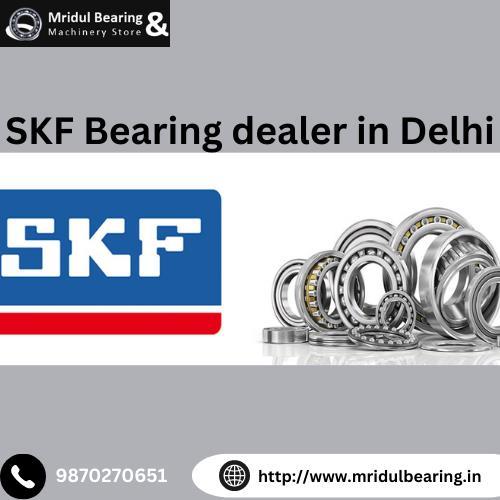Examine This Report on Volution Bearing
Wiki Article
Volution Bearing Fundamentals Explained
Table of ContentsThe Ultimate Guide To Volution BearingThe Best Strategy To Use For Volution BearingSome Known Details About Volution Bearing Volution Bearing - Questions
An axial (or drive) bearing load is when force is identical to the axis of the shaft. A radial bearing lots is when pressure is perpendicular to the shaft. Then a mix bearing tons is when parallel and perpendicular forces generate an angular pressure about the shaft. Ball bearings are made with spherical rounds and can distribute loads over a medium-sized surface.Below is a fast recommendation for the type of birthing tons and the very best round bearing for the task: Radial (vertical to the shaft) and light loads: Choose radial sphere bearings (additionally called deep groove sphere bearings). Radial bearings are some of the most typical kinds of bearings on the marketplace.
The balls call the raceway at an angle which much better sustains mix tons. Roller bearings are designed with round rollers that can distribute lots over a larger area than round bearings. They have a tendency to work better for heavy load applications. Below is a quick referral for the type of bearing load and the very best roller bearing for the work: Radial (perpendicular to the shaft) tons: Select common cylindrical roller bearings Axial (thrust) (parallel to the shaft) loads: Pick cylindrical drive bearings Combined, both radial and axial, tons: Pick a taper roller bearing The rotational rate of your application is the next factor to look at when selecting a bearing - https://www.pubpub.org/user/jason-brown-3.
They execute better at higher rates and use a higher rate range than roller bearings. One reason is that the call in between the rolling aspect and the raceways in a round bearing is a point as opposed to a line of call, like in roller bearings. Because rolling elements press into the raceway as they roll over the surface area, there is much less surface area contortion happening in the point lots from ball bearings.
The Facts About Volution Bearing Revealed

If this takes place, a straightforward and common service is to switch over the sphere bearing material from steel to ceramic. This maintains the bearing size the exact same but offers approximately a 25% higher rate ranking. Because ceramic product is lighter than steel, ceramic Go Here spheres produce much less centrifugal force for any kind of offered speed.
One reason is that the balls are smaller and smaller sized balls evaluate much less and create much less centrifugal pressure when turning. Angular call bearings also have an integrated preload on the bearings which works with centrifugal forces to appropriately roll the spheres in the bearing. If you are making a high-speed application, after that you'll want a high-precision bearing, generally within the ABEC 7 accuracy course.
Top Guidelines Of Volution Bearing
High accuracy bearings are reliable for applications that go quick since they guarantee great ball and raceway communication.Some applications, like cutting tool pins, will just permit a little inconsistency to take place on its revolving elements. If you are engineering an application like this, then choose a high accuracy bearing due to the fact that it will certainly produce smaller system runouts as a result of the limited tolerances the bearing was made to. Bearing rigidity is the resistance to the force that causes the shaft to depart from its axis and plays a key role in minimizing shaft runout.

When the angular get in touch with bearings are mounted, the balanced out is eliminated which creates the spheres to push right into the raceway without any kind of outside application force. This is called preloading and the process increases bearing strength also before the bearing sees any type of application pressures.
The 20-Second Trick For Volution Bearing
Lubrication produces a film of oil between the rolling element and the bearing raceway that helps protect against friction and getting too hot. The most typical sort of lubrication is grease, which is composed of an oil with a thickening agent. The thickening agent keeps the oil in position, so it won't leave the bearing.
After the rolling component goes by, the oil and thickening representative join back with each other. For high-speed applications, understanding the speed at which the oil and thickener can separate and rejoin is important. This is called the application or bearing n * dm worth. Prior to you select a grease, you need to locate your applications ndm worth.
Compare your ndm value to the grease's max speed worth, situated on the datasheet. If your n * dm value is higher than the grease max rate worth on the datasheet, after that the grease will not be able to offer sufficient lubrication and premature failure will occur. One more lubrication option for high-speed applications are oil mist systems which mix oil with pressed air and after that infuse it right into the bearing raceway at metered intervals.
Report this wiki page